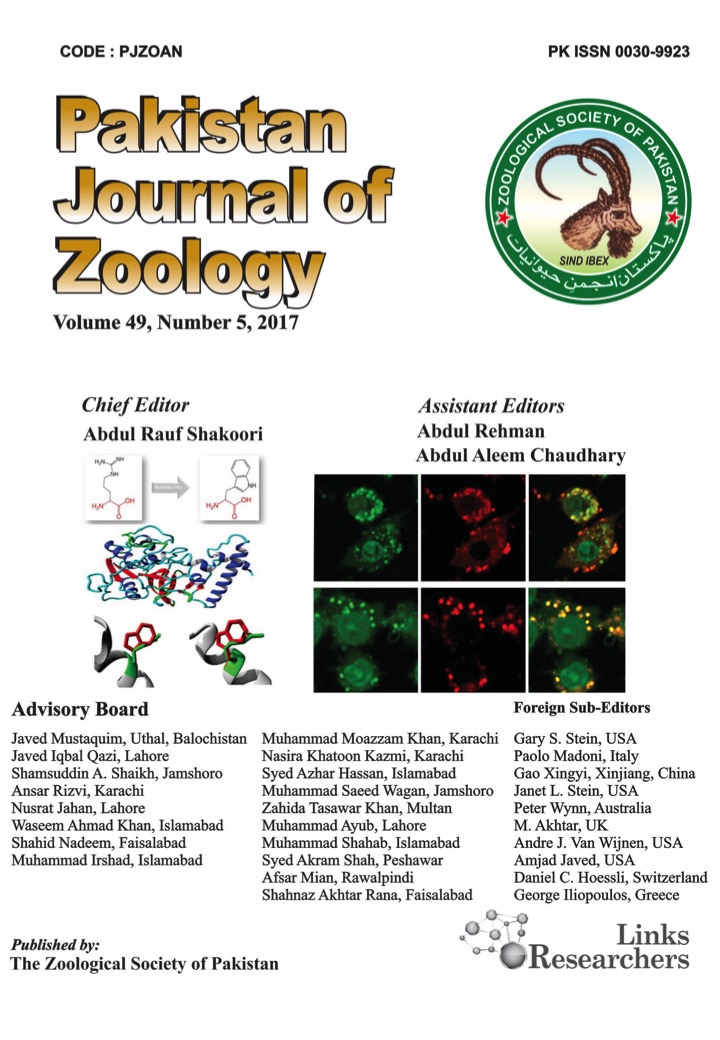Sheep convert fibrous plant materials into high-quality protein, aided by their rumen’s microbial ecosystem. While non-protein nitrogen sources like urea improve nitrogen utilization, they can cause rapid ammonia release and toxicity. Urea-impregnated nano-zeolites offer a slow-release solution to these issues. This research aims to assess the effects of urea-impregnated nano-zeolite diets on sheep rumen fluid metrics, focusing on pH, ammonia, volatile fatty acid (VFA) levels, and fermentation efficiency. A completely randomized design was used with 24 male sheep, each with an initial body weight of 20 ± 1.5 kg, divided into six dietary groups: a control, urea-based diets, and groups with active or inactive nano-zeolites, with or without urea. Rumen fluid samples were analyzed for pH, ammonia, VFA levels, methane production, and fermentation efficiency. Results showed that heat-activated nano-zeolites (R4) and urea-impregnated non-activated nano-zeolites (R5) boosted (P<0.05) acetate, propionate, butyrate, and total VFA production compared to conventional urea diets (R2). These diets yielded similar (P>0.05) isovalerate and valerate production to conventional urea diets. Urea-impregnated inactivated (R5) and preheat-activated nano-zeolite (R6) diets were more sustainable ammonia sources than conventional urea (P<0.05). The heat-activated nano-zeolite diet (R4) increased (P<0.05) rumen fermentation efficiency but was less effective (P<0.05) in converting energy from hexoses to VFAs compared to the control diet (R1). Most diets, except for the urea-impregnated preheat-activated nano-zeolite (R6), showed a better VFA/NH3 ratio (P<0.05), indicating improved nitrogen and carbohydrate utilization. However, heat activation (R4) and urea-impregnated inactivated nano-zeolite (R5) increased methane emissions (P<0.05), while the control diet (R1), conventional urea (R2), non-activated nano-zeolite (R3), and urea-impregnated preheat-activated nano-zeolite (R6) reduced methane emissions (P<0.05). In conclusion, incorporating urea-impregnated nano-zeolite into sheep diets improves fermentation efficiency and nutrient utilization while maintaining a sustainable ammonia supply for rumen microbes. Inactive nano-zeolites impregnated with urea proved to be the most effective for enhancing rumen metrics.
Keywords | Methane emission, Nano-zeolites, Non-glucogenic ratio, Rumen fermentation efficiency, Urea impregnation, Volatile fatty acids






